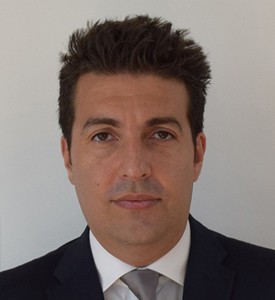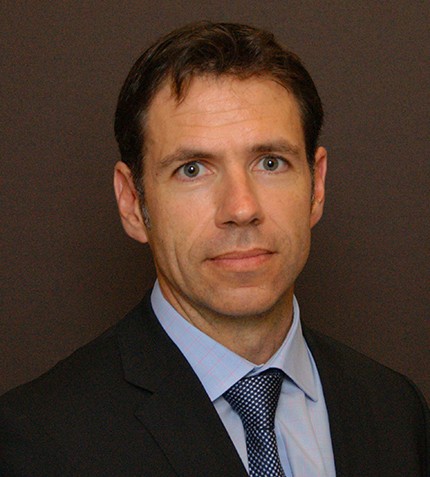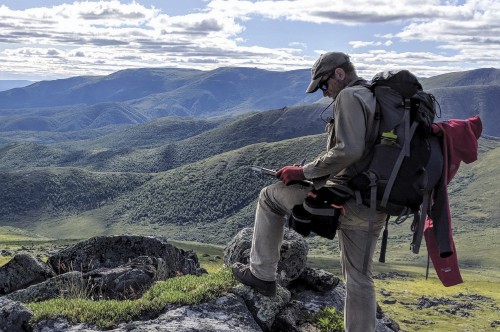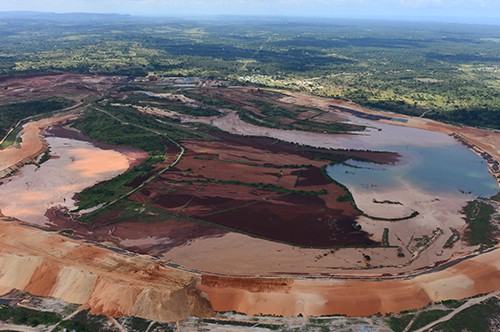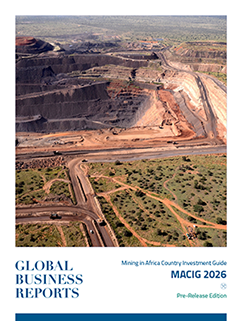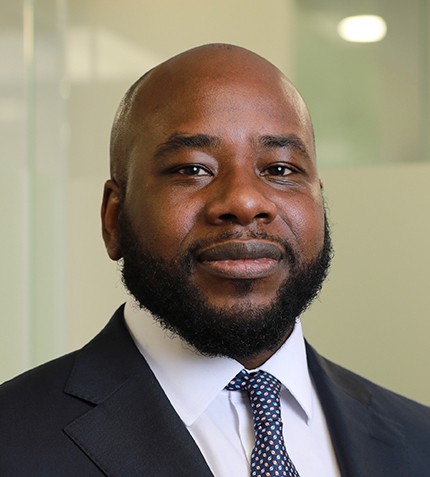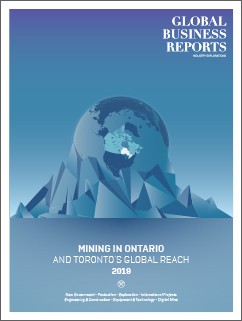
PUBLICATION
Mining in Ontario and Toronto's Global Reach 2019
As the global mining industry continues on its path of recovery after a downturn that spanned half a decade, Ontario, as Canada’s largest producer of commodities with C$9.9 billion of mineral production in 2017, is primed to take advantage as optimism returns. However, financing has not flooded back to all sectors of the industry, with cannabis, cryptocurrencies and blockchain dominating the attention of the Canadian stock exchanges. While majors focus on extending mine-life though brownfield expansions, the hunt for new world-class deposits gathers pace, as Toronto-based juniors ramp-up exploration in jurisdictions across the globe. Parallel to this, Ontario has positioned itself at the forefront of mining innovation, as a plethora of SMEs, OEMs, and research organizations spearhead a technological revolution in the march towards the digital mine.




